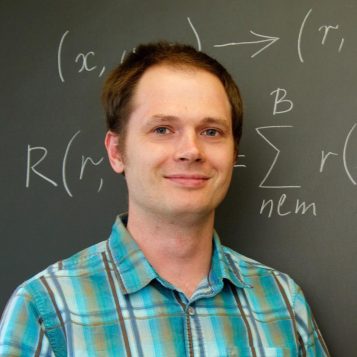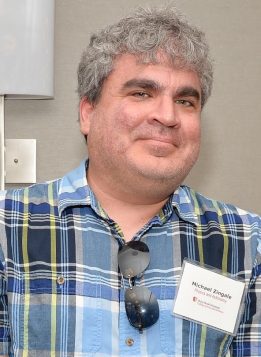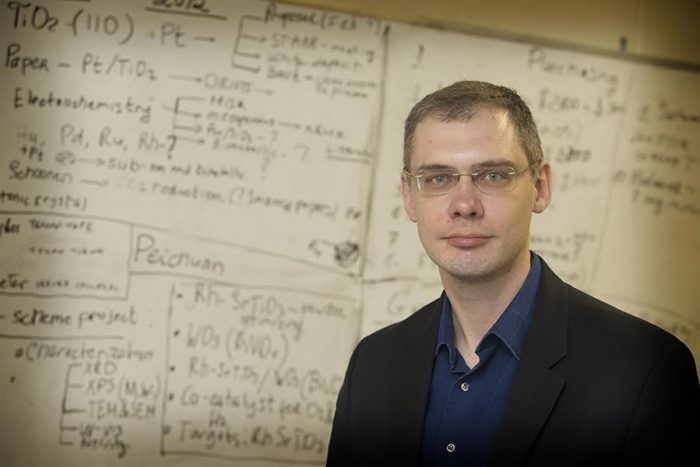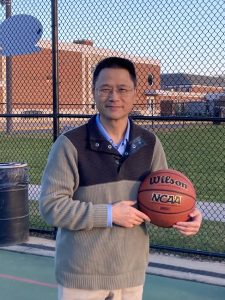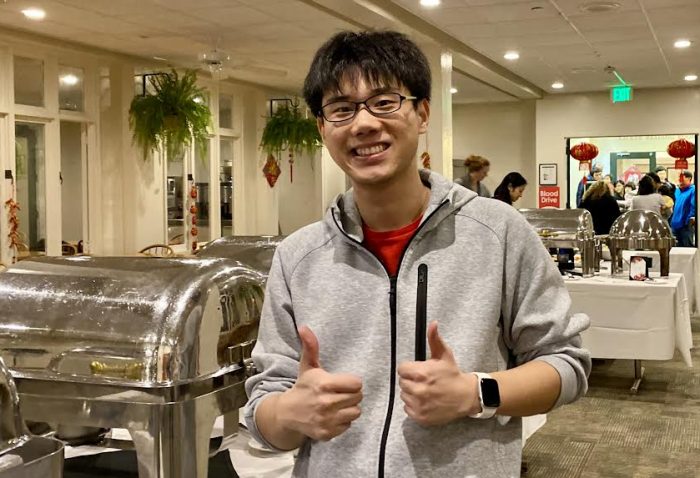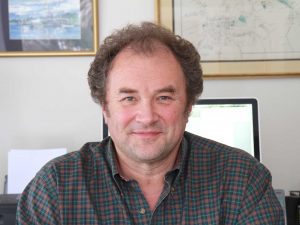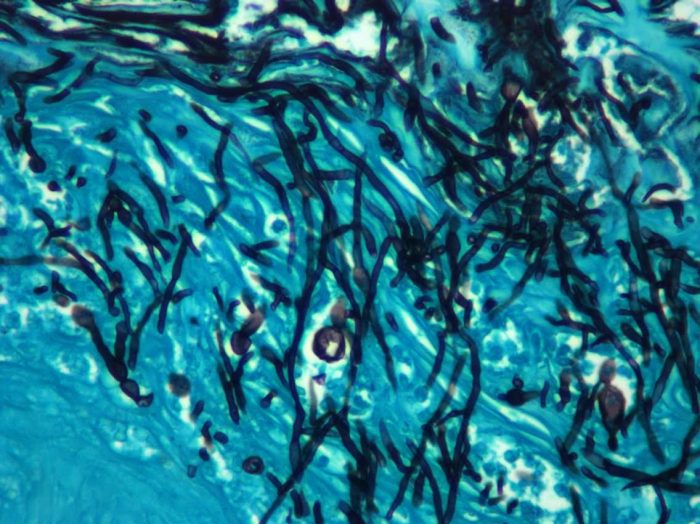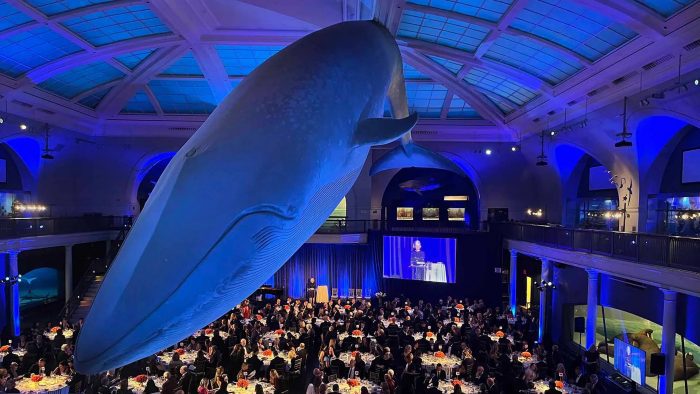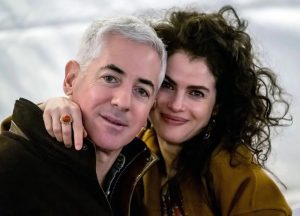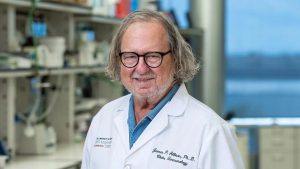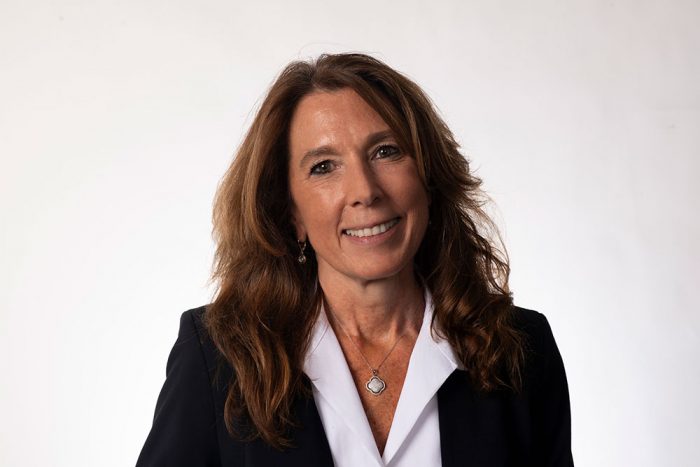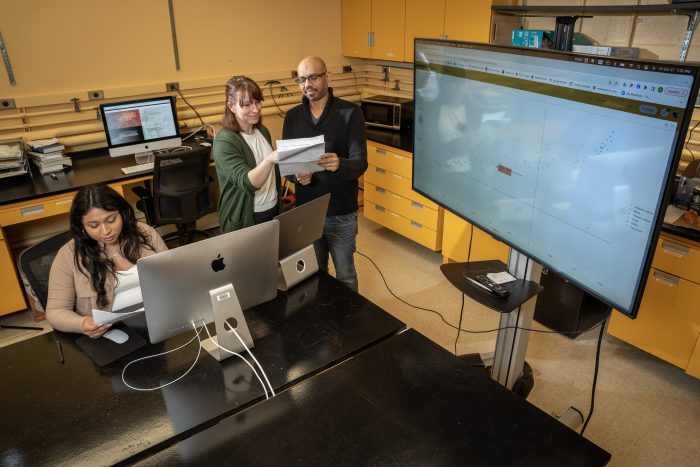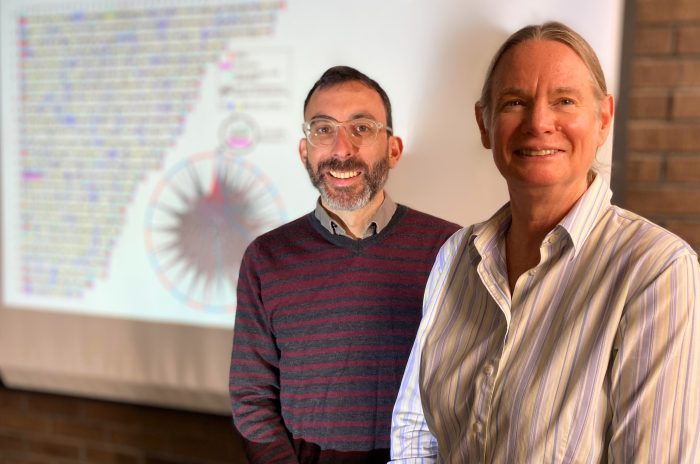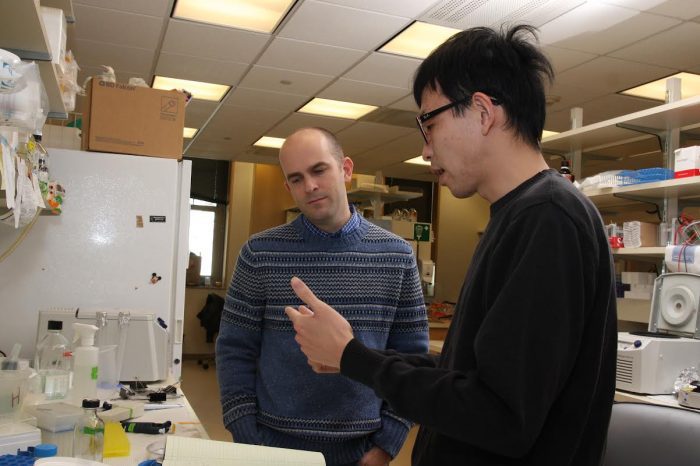By Daniel Dunaief
They have little in common. One studies deep inside cells to understand the difference between diseased and healthy states. The other explores models that represent distant thermonuclear reactions.
What Stony Brook University’s Dima Kozakov, Professor in the Department of Applied Mathematics and Statistics, and Michael Zingale, Professor in the Department of Physics and Astronomy, share, however, is that both led teams that recently won a Department of Energy grant that will allow them to use the fastest publicly available supercomputer in the world, at DOE’s Oak Argonne and Oak Ridge National Laboratories.
Kozakov and Zingale, who are both members of the Institute for Advanced Computational Sciences, are recipients of the DOE’s grants through its Innovative and Novel Computational Impact on Theory and Experiment (INCITE) program.
“It’s a huge recognition of computation” not just at the IACS, but also for Stony Brook in general, said Robert Harrison, Director of the IACS and Professor in the Department of Mathematics & Statistics. Kozakov and Zingale are the “point persons on world-class teams [which] positions Stony Brook at the forefront of the scientific community.”
Harrison suggested that the astrophysics group at Stony Brook was already world class when he arrived a decade ago and the university has been pushing to move Stony Brook to take advantage of all the modern powerful tools for simulation and data driven discovery.
Disease states
Kozakov, who is also an affiliate of the Laufer Center for Physical and Quantitative Biology, plans to model enormous numbers of molecular interactions to compare how they function in diseased cells with how they work in healthy cells.
He and his team will get the data on important proteins and interactions in disease compared with healthy cells from high throughput but noisy experiments and validate those computationally.
By studying diseases such as cancer, diabetes and Alzheimer’s, Kozakov plans to look for clues about what occurs at the level of the atomic structure of protein interactions, hoping such an analysis points to the creation of new types of therapies.
Kozakov will use a combination of publicly available data and information from some of his experimental collaborators to identify new targets that small molecules may alter amid a diseased state. He feels the tight integration between the theoretical and the experimental nature of the team will enhance its effectiveness.
A supercomputer “allows you to try many approaches in parallel” such as training deep learning models that require trying many options to get the best possible ones, he said.
The pilot work the team has done created the kind of momentum that increased the chance of securing funds and time through the INCITE program.
Kozakov and co-investigators including Assistant Professor Pawel Polak at Stony Brook, Professor Andrew Emili at OHSU, Associate Professor Matthew Torres at Georgia Tech and Julie Mitchell, the Director of Biosciences Division at Oak Ridge National Laboratory, were “very happy” when they learned they’d won the award. he said. “It’s good to know that people appreciate the [work] we are doing.”
Starry, starry explosion
In the meantime, Zingale’s project, called “Exascale Models of Astrophysical Thermonuclear Explosions,” was renewed for a second year in the INCITE program.
Zingale leads a team that explores two types of astrophysical thermonuclear explosions to understand these physical processes and their broader implications. The computational work is focused mostly on whether a particular model for a thermonuclear explosion is viable.
“We really want to just understand: does it explode or not?” Zingale explained. His work focuses on the explosion mechanism and on the design of algorithms that can efficiently model these explosions.
Graduate students Zhi Chen, Alexander Smith Clark, Eric Johnson, Melissa Rasmussen, and Khanak Bhargava will be working with the supercomputer in the next year, Zingale added.
“Each student is working on separate questions, both on this problem and on related problems (novae and x-ray bursts),” said Zingale. “The goals are the same — in each case, we want to produce a realistic model of the burning that takes place in these events to understand how these explosions unfold.”
Models help connect to the observations astronomers make. While the work doesn’t produce new physics, it allows researchers to gain a greater understanding of supernovae.
Numerous other groups around the world are pursuing similar simulations, which Zingale explained is favorable for the science.
“If we all get the same result using different codes and techniques, then it gives us confidence that we might be understanding what is actually taking place in nature,” he said.
The explosions Zingale is studying differ from those on Earth because they are far larger and can reach higher densities in stars, which produces elements up to iron in explosions. The tools he uses to model these explosions have “similarities to the techniques used to model chemical combustion on Earth,” he said. “We work with applied mathematicians that study terrestrial flames and can use the techniques” in the astrophysical setting.
Zingale explained that he was always interested in astronomy and computers, so this field of work serves as the bridge between the two.
For students interested in the field, Zingale added that it teaches people how to solve complex problems on computers.
“Even if you don’t stay in the field, you build skills that are transferable to industry (which is where many of my graduate students wind up),” he said. He urges people to study something they enjoy. The main code he uses is called Castro and is freely available online, which means that “anyone can look at what we’ve done and run it for themselves,” he explained.
Student opportunities
For Stony Brook graduate students, these INCITE awards offer opportunities for additional learning and career advancement.
“The excitement is infectious,” said Harrison. “The students see not just the possibility to be at the frontier of discovery and the frontier of technology [but also to have] the career opportunities that lie beyond that.”
Students trained to make effective use of these platforms of cutting-edge science are “heavily recruited, going into industry, national labs, working for the likes of Google and so on,” Harrison added.

